There are restaurants, and then there are sanctuaries. Bertha’s Kitchen is not merely a place to eat, but a living chronicle of Southern heritage, etched into every pot and pan. In Charleston, South Carolina, this humble café whispers stories of the past – of family, of perseverance, of flavors handed down with solemn care. Its collard greens are not just food; they are memory, rendered edible.
1. It Was Founded by a Gullah-Raised Cook
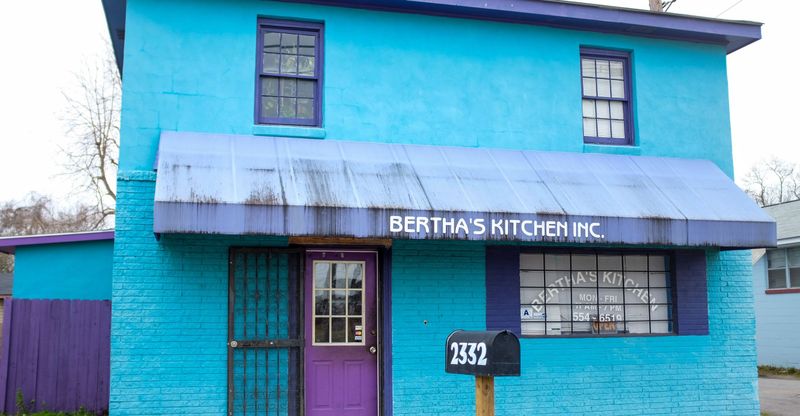
In the early 1980s, Albertha Grant, born and raised within the deep cultural traditions of the Gullah people, opened her kitchen to the world. What she brought to the table was not ambition for fame, but the quiet insistence that good food could speak for itself. Bertha’s became her canvas, and collard greens, her brushstrokes – layered with smoke, salt, and the soul of the land. You can taste the Gullah influence in every bite: unpretentious, honest, and steeped in history. The restaurant stands today as a monument to that vision, a testament to how one woman’s pots and pans could shape the culinary legacy of an entire city.
2. Now Run by Her Daughters, Keeping the Legacy Alive
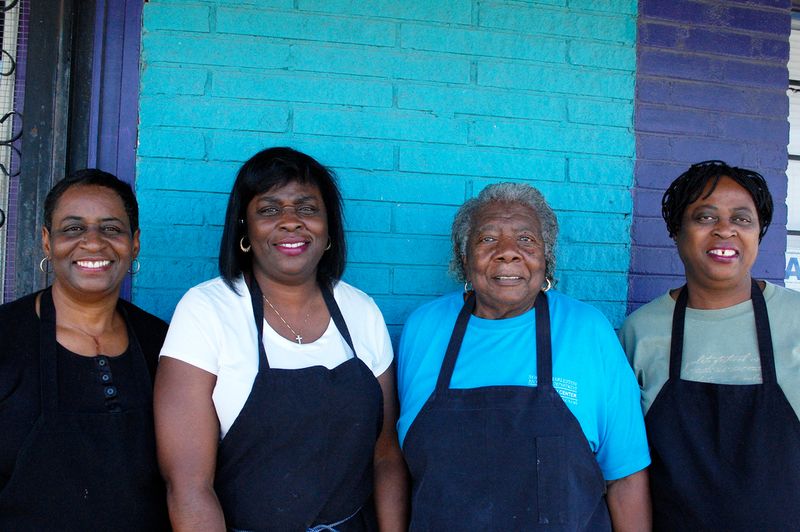
When Albertha passed in 2007, her daughters – Julia, Linda, and Sharon – took the reins with dignity and devotion. They did not try to modernize or reinvent, for they understood the sacredness of what their mother had created. Instead, they carried on the ritual, stirring the greens with the same patience, frying the chicken with the same knowing hand. It is rare to see such fidelity in the restaurant world, where trends and novelty often drown out tradition. At Bertha’s, continuity is not merely a business decision—it is an act of love, a promise fulfilled every single day.
3. It’s an “America’s Classics” Winner
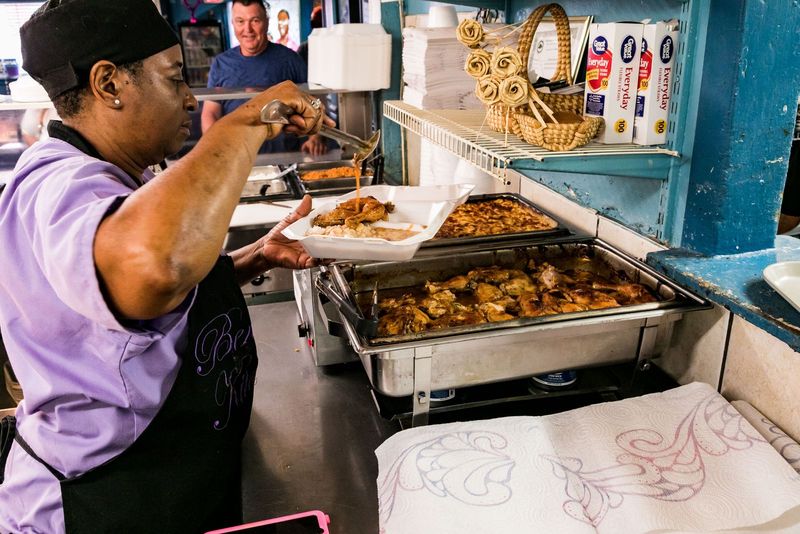
In 2017, the James Beard Foundation bestowed upon Bertha’s Kitchen the coveted America’s Classics award, placing it among the nation’s most treasured eateries. This is no small honor – it is a recognition reserved for those establishments that embody the very spirit of American dining. And what is Bertha’s, if not that? A family kitchen, preserved against the tide of change, where the greens are as timeless as a hymn. To step inside is to step into the living definition of classic, where every dish is crafted not for novelty, but for permanence.
4. Its Collard Greens Are a Pillar of the Menu
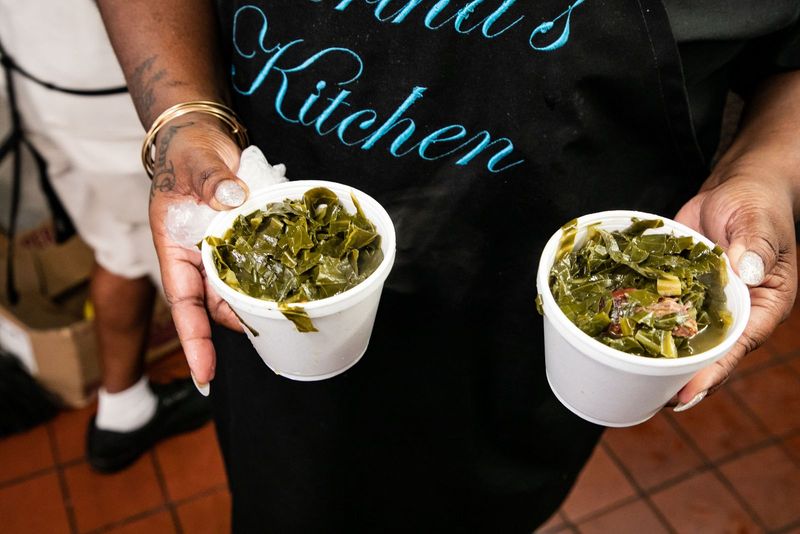
The collard greens at Bertha’s are not a side dish. They are the foundation upon which all else rests. Simmered low and slow, they arrive at the table tender, glossy, and perfumed with the unmistakable essence of smoked meat. The potlikker, that sacred broth left at the bottom, is as treasured as the greens themselves – an elixir that locals sip with reverence. To eat them is to participate in something older than oneself: the Southern tradition of coaxing magnificence out of humble leaves.
5. Atmosphere: Portraits, Murals & Family Touches
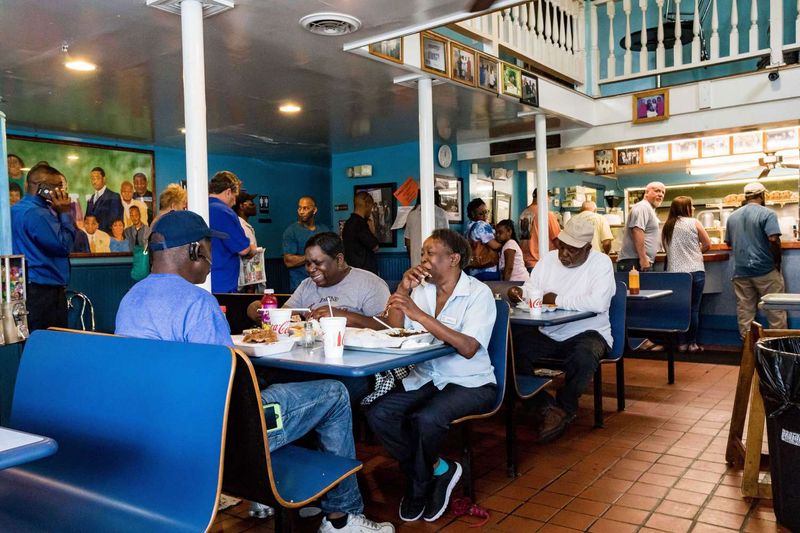
The walls of Bertha’s are not bare; they are guardians of memory. Family portraits, hand-painted murals, and framed photographs line the space, reminding diners that this is more than a restaurant – it is a living family album. The tables are simple, the lighting unassuming, and the chairs sturdy but plain. And yet, there is a dignity in this simplicity, as though to say: “The food is the centerpiece. Nothing else is required.” One cannot help but feel they have been invited, not as customers, but as guests into a home that has stood the test of time.
6. Generosity & Soul Are in Every Portion
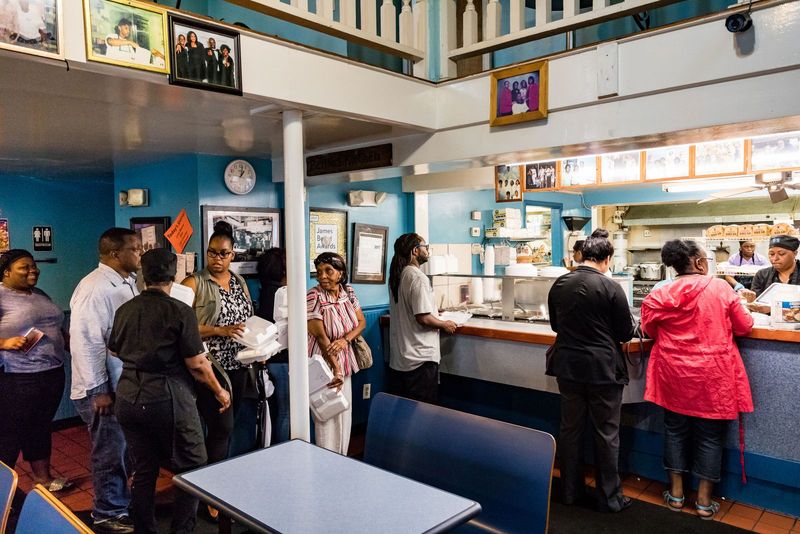
At Bertha’s, the plates are not measured with stinginess or precision; they are filled with the kind of abundance only a grandmother would dare. The collard greens spill over the plate, resting against cornbread and meats with a sense of plenty that defies calculation. This is food meant not only to nourish the body, but to reassure the spirit. Every spoonful seems to say, “Eat, and eat well – you are among family here.” It is this generosity, more than any recipe, that keeps people returning again and again.
7. It Has Deep Ties With the Community
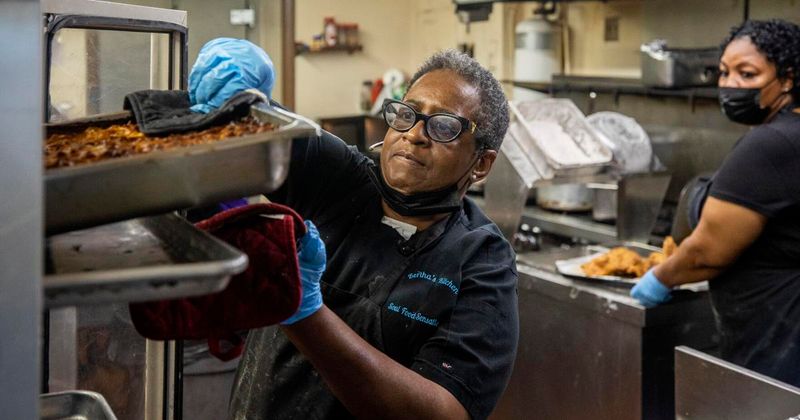
Bertha’s Kitchen is not a business, it is a hearthstone. For decades, the people of Charleston have gathered here, not merely for lunch, but for communion. Neighbors greet one another, children sit beside elders, and conversations drift across tables like smoke from a Sunday roast. The restaurant has become as integral to the community as the church, the school, the corner store. And in this way, Bertha’s transcends commerce—it becomes part of the very fabric of Charleston’s soul.
8. The Recipes Stay Close to Home
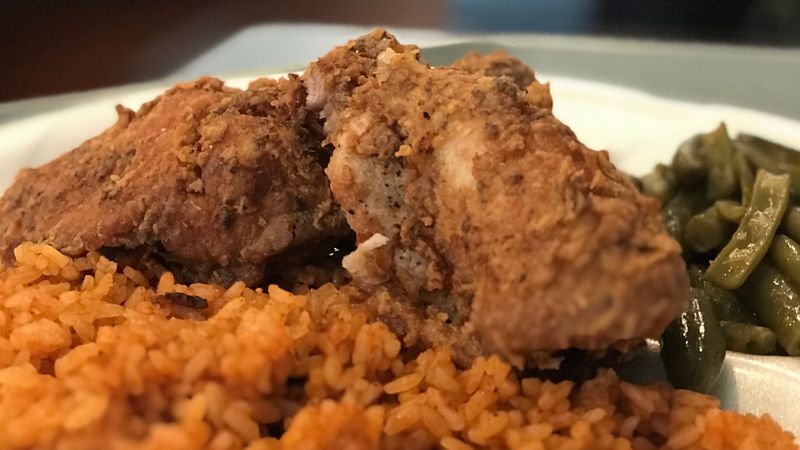
There are no frills here, no molecular gastronomy or “deconstructed” plates. At Bertha’s, the recipes remain grounded in the soil from which they sprang: greens, fried chicken, lima beans, red rice, and cornbread. Every dish tastes as though it were prepared in the quiet of a family kitchen, with nothing but patience and care. There is humility in such cooking, but also great strength – it requires confidence to let food speak plainly, without adornment. And at Bertha’s, it speaks volumes.
9. It Brings Tourists into Local Kitchens
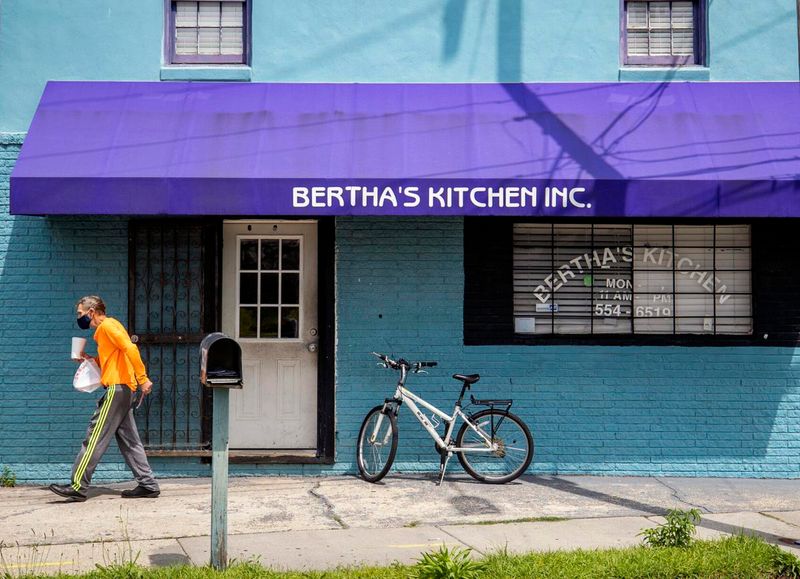
Travelers come to Charleston for its beauty, its history, its architecture. Yet many leave speaking only of Bertha’s. They come in search of authenticity and find it here, on plates brimming with greens and pork chops. In the cramped dining room, strangers and locals eat elbow to elbow, united by the quiet ecstasy of flavor. For visitors, it is an initiation; for locals, a reaffirmation. Both leave changed, bound by the memory of one meal that tastes like home.
10. Every Bite Tells a Story
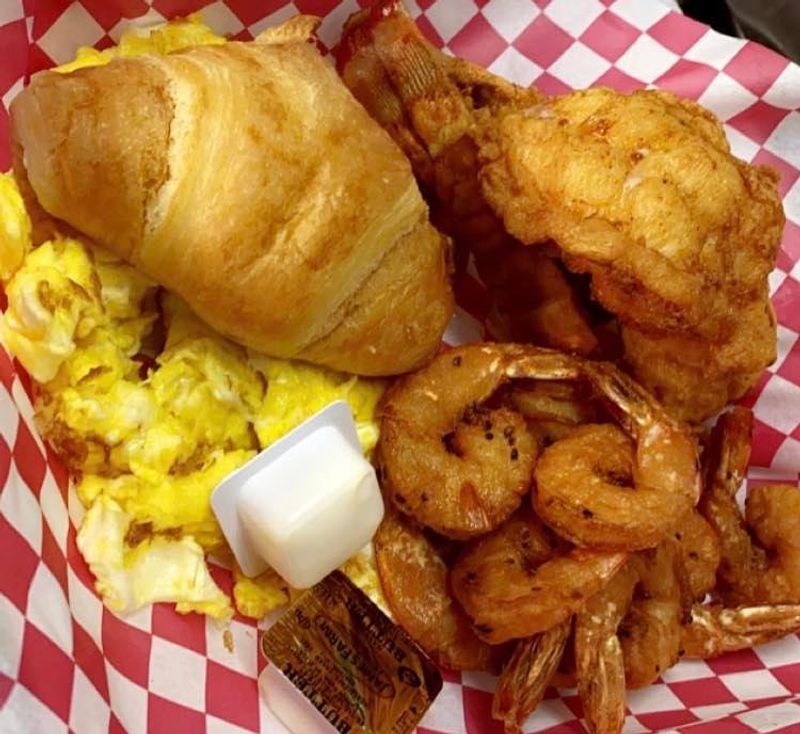
There is something almost theatrical about a meal at Bertha’s, as though each bite is a line in a play older than you are. The collard greens whisper of fields and harvests, of mothers and daughters standing at the stove. The cornbread recalls kitchens lit by lamplight, laughter spilling out into humid nights. Every dish is a memory, carried forward by hands that refuse to let it die. And so, in every spoonful, the diner becomes a participant in a story both intimate and grand – the story of Southern food, preserved and passed on, leaf by leaf, bite by bite.



